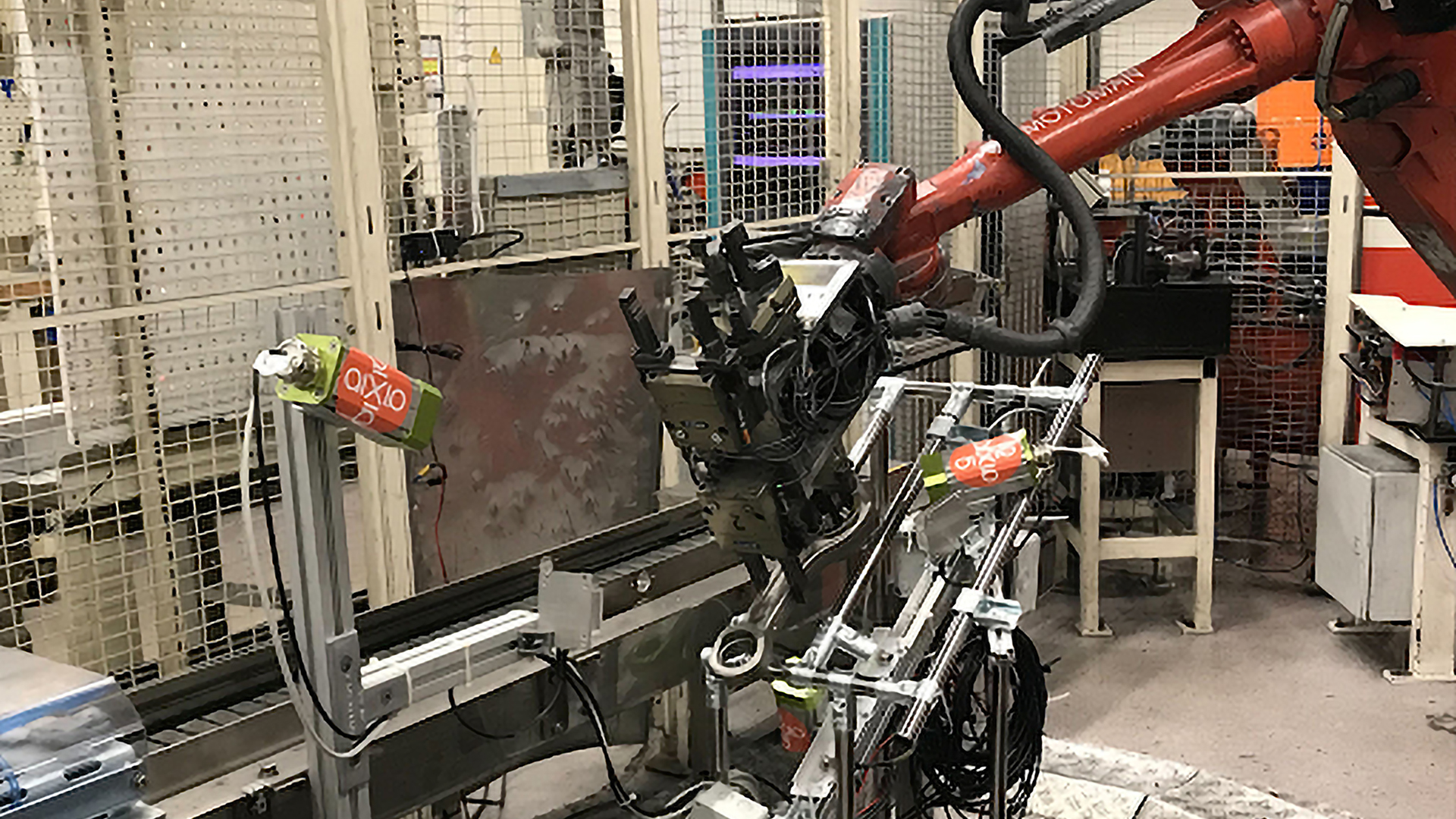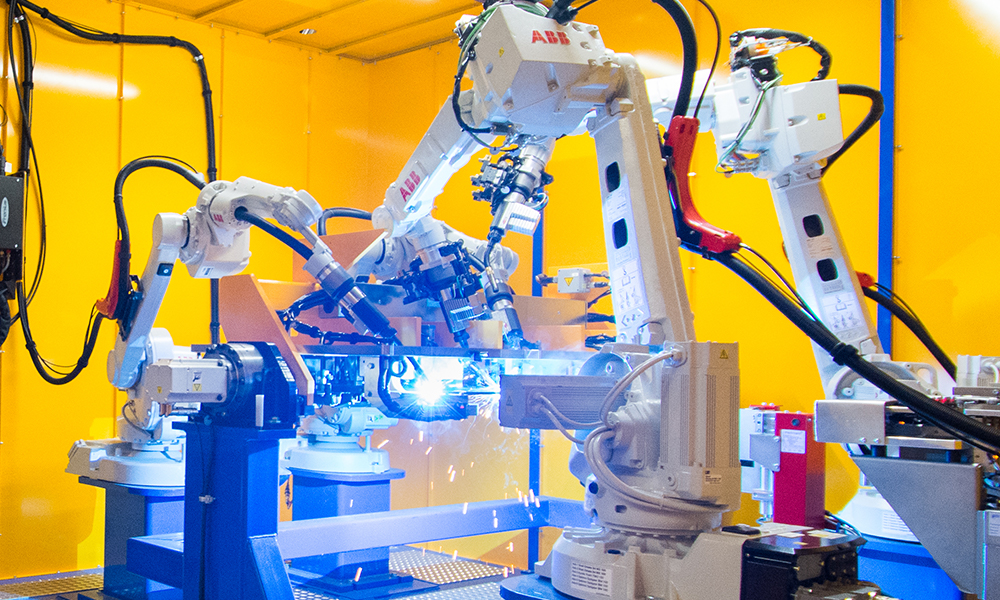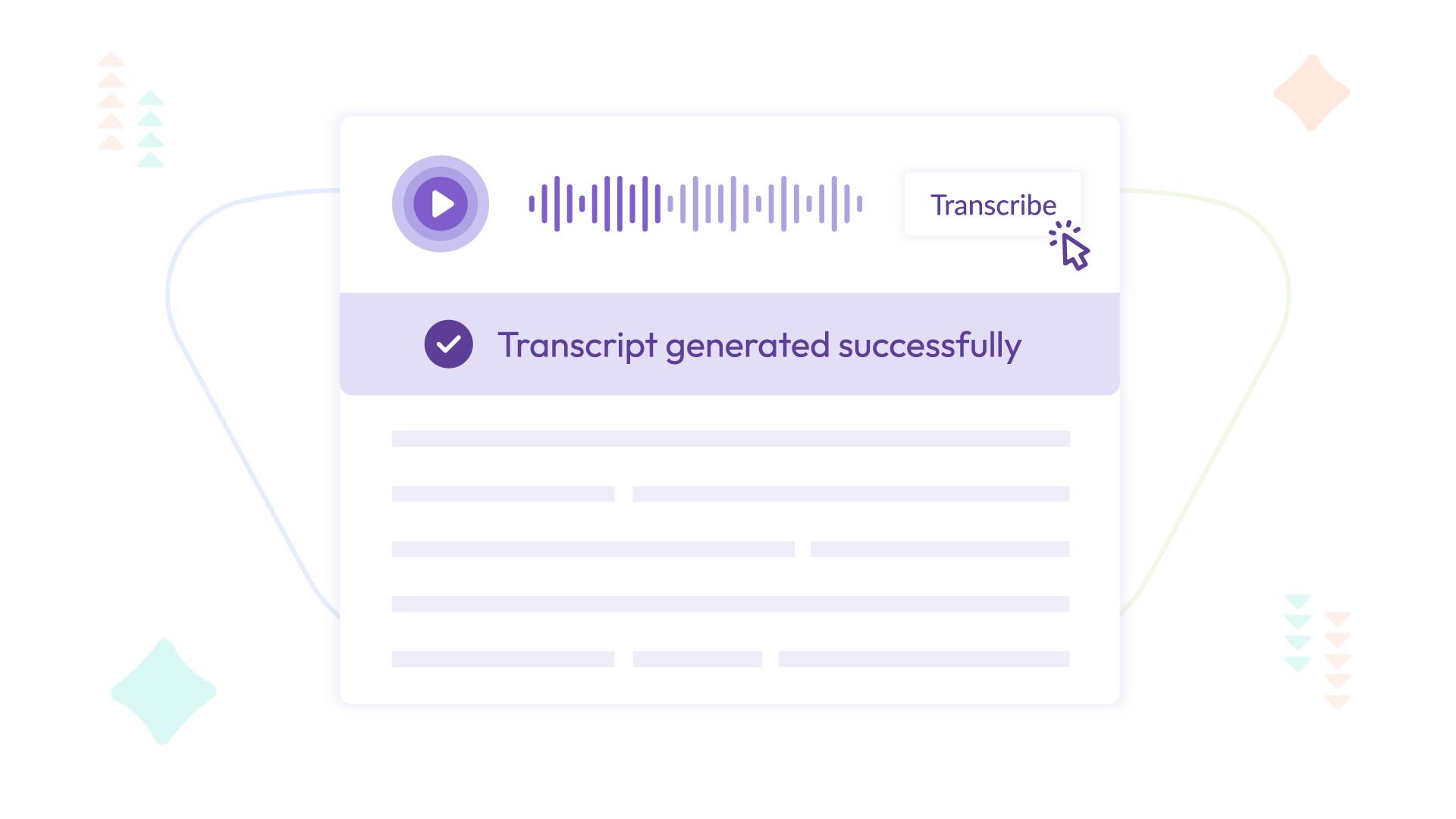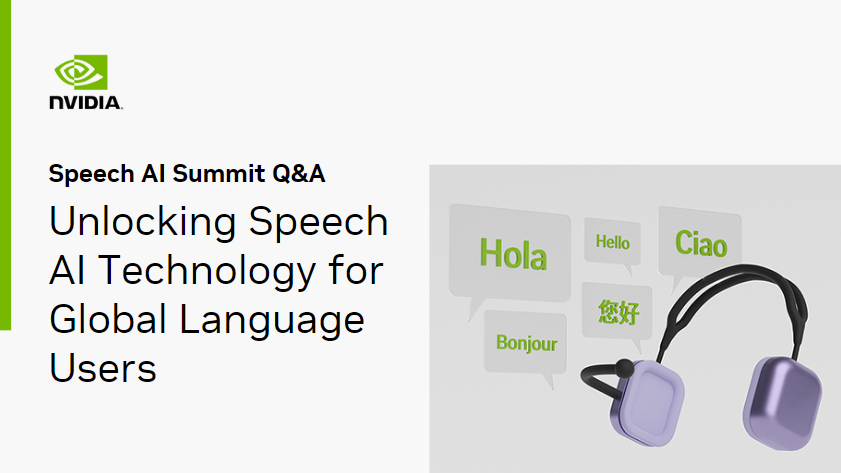Soon, the industrial internet will have hundreds of billions of connected industrial assets continuously operating at computer speed. This will result in large amounts of data from shop-floor machines and sensors. Analyzing operations data to predict operational anomalies, machine failures, and product quality, while improving factory floor operations with industrial AI could yield productivity gains and cost savings of trillions of dollars.
Process and discrete manufacturing account for more than one-third of global spending on digital transformation. However, data in plants has been difficult to use, and many companies have been trapped in the pilot phase, often referred to as pilot purgatory. Given OT data volume, veracity, and quality the first key challenge is to get this data ready for building and serving AI models.
To apply AI at scale, enterprise manufacturers must routinely work with millions of tags that have been created idiosyncratically over decades. On shop floors, data is generated by varied machines and many operations-based sources. Compounding matters, data is often aggregated in historians and data lakes, so it is difficult for AI practitioners to understand where individual tags come from and what they represent.
The answer lies in automated introspection and labeling of these data, using AI.
To address this challenge, Sight Machine tapped the NVIDIA AI platform and Microsoft Azure Infrastructure to map data to assets at a global scale, spanning multiple machines, sensors, lines, and factories. They did this by leveraging modern vision, time-series, and NLP algorithms, pretrained models, and recipes available from the NGC Cloud—all available on the Microsoft Azure Marketplace. Using NVIDIA GPU-accelerated technologies, Sight Machine envisions making transformative contributions to the manufacturing industry.
This initiative brings together the NVIDIA AI platform and expertise in deep learning, Microsoft’s end-to-end streaming and AI solutions for manufacturing, and Sight Machine’s decade of expertise developing heuristics for labeling data and applying AI to plants.
“This work addresses the last critical bottleneck in manufacturing transformation and will rapidly accelerate day-to-day use of AI in plants,” said Jon Sobel, CEO of Sight Machine.
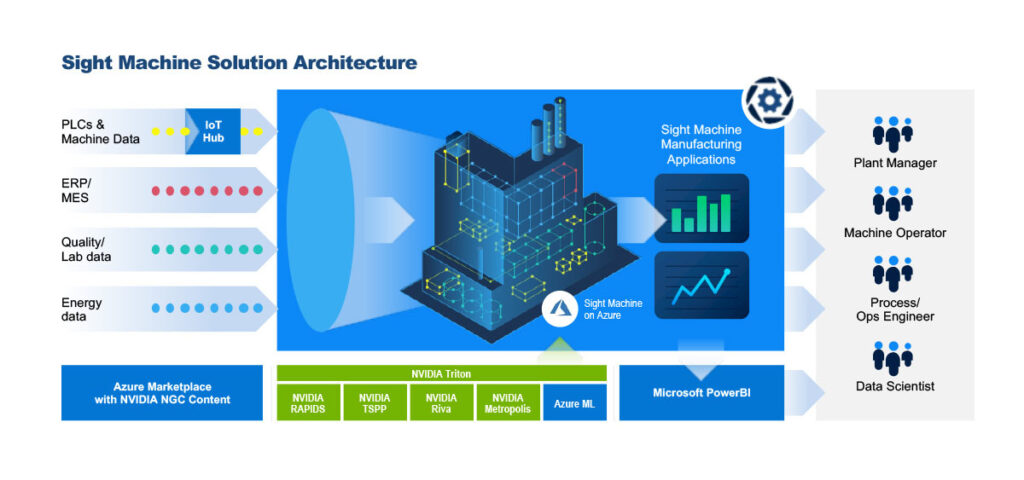
Specifically, Sight Machine’s tool understands OT data and maps plant data into its streaming models. By addressing the problem with AI and joining forces with the experts at NVIDIA, Sight Machine provides manufacturers with tools to make data AI-ready much more quickly than previously possible. This saves manufacturers time and expense, and enables data scientists to have wide choices of modern GPU-accelerated algorithms. They can work with data volumes, variety, and fidelity impossible without the RAPIDS framework and SDKs.
The solution also enables data science teams to conduct experiments to find and train most optimal models using NVIDIA GPU-accelerated compute. Then, they can serve and orchestrate the models optimally, using NVIDIA Triton Inference server with Azure Machine Learning. The solution uses NVIDIA Metropolis for computer vision, NVIDIA Time Series Prediction with a comprehensive portfolio of Machine Learning and DL algorithms, and NVIDIA Riva for NLP and conversational AI technology to organize and communicate just-in-time, context-aware insights to its users.
For example, one Sight Machine tool automates the tag-to-asset mapping exercise for each of the factory locations of a large chemical manufacturer, with the goal of compressing time-to-value for data-driven manufacturing productivity improvements. The tool also improves the quality of the tag-mapping process and creates capacity for internal teams by enhancing efficiency and automation.
“The NVIDIA focus on GPU acceleration of the entire data science pipeline, including ETL, ML, and deep learning algorithms, is allowing industrial companies to fully tackle the complexity, velocity, veracity, and volume of data to unlock trillions of dollars in value with industrial AI,” said Paresh Kharya, Senior Director of Product Management at NVIDIA. “Our collaboration with Sight Machine and their adoption of the NVIDIA platform hosted on Microsoft Azure infrastructure will speed up the much-desired AI led digital transformation on factory floors.”
Sight Machine’s platform also uses Azure Data Lake, Azure Machine Learning, and Azure Purview integrated with the NVIDIA AI platform to accelerate tag-to-asset mapping through AI.
“We are excited to see these partnerships come together to solve a problem that has hindered transformation in the factory. NVIDIA has developed a comprehensive set of tools on Microsoft Azure Infrastructure and Sight Machine has the industry and technological experience to quickly bring plant data to life and scale, enabling our joint customers to realize the benefits of Industry 4.0,” said Indranil Sircar, CTO of Manufacturing and Supply Chain at Microsoft.
A customer example is Essex Furakawa. Essex Furakawa supplies critical wiring for Electric Vehicles. It’s incredibly challenging to take millions of pounds of copper every day at more than a dozen factories, turn it into flawless coated wire, and manage production across thousands of machines and hundreds of SKUs. All of this is done while managing energy, producing perfect products, and working in very competitive conditions.
“Two years ago we began partnering with Sight Machine, and I’m pleased to share that the partnership has grown to include Microsoft and NVIDIA. With their help, through the Sight Machine platform, we’ve been able to generate a real-time Data Foundation from plant data. This foundation allows us to understand and optimize every product and every machine using standardized, and accurate information. We can see things we never saw before remotely and in real-time, and this Data Foundation has given us new capabilities as an organization,” said Jacques Wannenburg, Vice President, Information Technology, Superior Essex.
Sight Machine Tools will be released in Beta in February 2022, with general availability in April.


